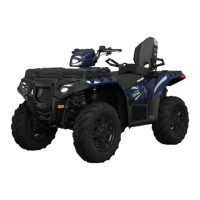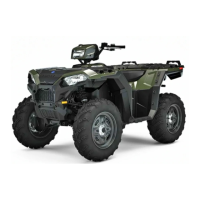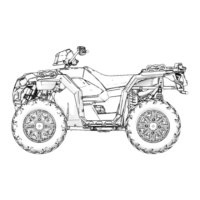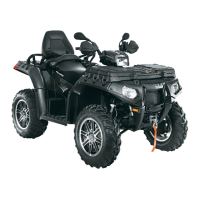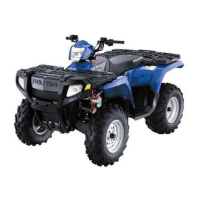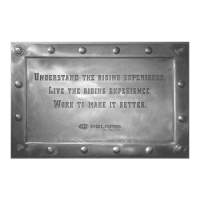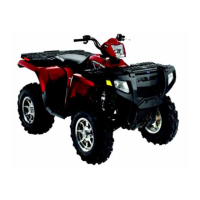5
5.29
TROUBLESHOOTING
SITUATION PROBABLE CAUSE REMEDY
Engine RPM
below specified
operating range,
although engine is
properly tuned
-Wrong or broken drive clutch spring
-Drive clutch shift weight too heavy
-Driven clutch spring broken or installed in
wrong helix location
-Replace with recommended spring
-Install correct shift weight kit to match engine
application
-Replace spring; refer to proper installation
location
Erratic engine
operating RPM
during acceleration
or load variations
-Drive clutch binding
-Belt worn unevenly - thin / burnt spots
-Driven clutch malfunction
-Sheave face grooved
A. Disassemble drive clutch; inspect shift weights
for wear and free operation.
B. Clean and polish stationary shaft hub;
reassemble clutch without spring to determine
problem area
Replace belt
Inspect movable sheave for excessive bushing
clearance
-Replace the clutch
Engine RPM
above specified
operating range
-Incorrect drive clutch spring (too high of rate)
-Drive clutch shift weights incorrect for
application (too light)
-Drive clutch binding
-Driven clutch binding
-Clutch sheaves greasy; belt slipage
-Install correct recommended spring
-Install correct recommended shift weights
-Disassemble and clean clutch, inspecting shift
weights and rollers. Reassemble without the
spring and move sheaves through entire range to
further determine probable cause
-Disassemble, clean, and inspect driven clutch
-Clean sheaves with denatured alcohol or brake
cleaner, install new belt
Harsh drive clutch
engagement
-Drive belt worn too narrow
-Excessive belt / sheave clearance with new
belt
-Replace belt
-Perform belt / sheave clearance adjustment with
shim washers beneath spider
Drive belt turns
over
-Wrong belt for application
-Replace with correct belt
Belt burnt, thin
spots
-Abuse (continued throttle application when
vehicle is stationary, excess load)
-Dragging brake
-Slow, easy clutch engagement
-Caution operator to operate machine within
guidelines
-Vehicle operated with parking brake on. Inspect
brake system
-Fast, effective use of throttle for efficient
engagement
PVT cover
overheating
(melting)
-Plugged air intake or outlet
-Belt slippage due to water, oil, grease, etc.,
rubbing on cover
-High vs. low range
-Clear obstruction
-Inspect system. Clean , repair or replace as
necessary.
Seal PVT system ducts
PVT SYSTEM
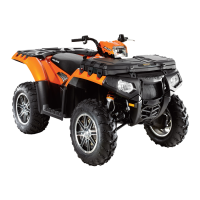
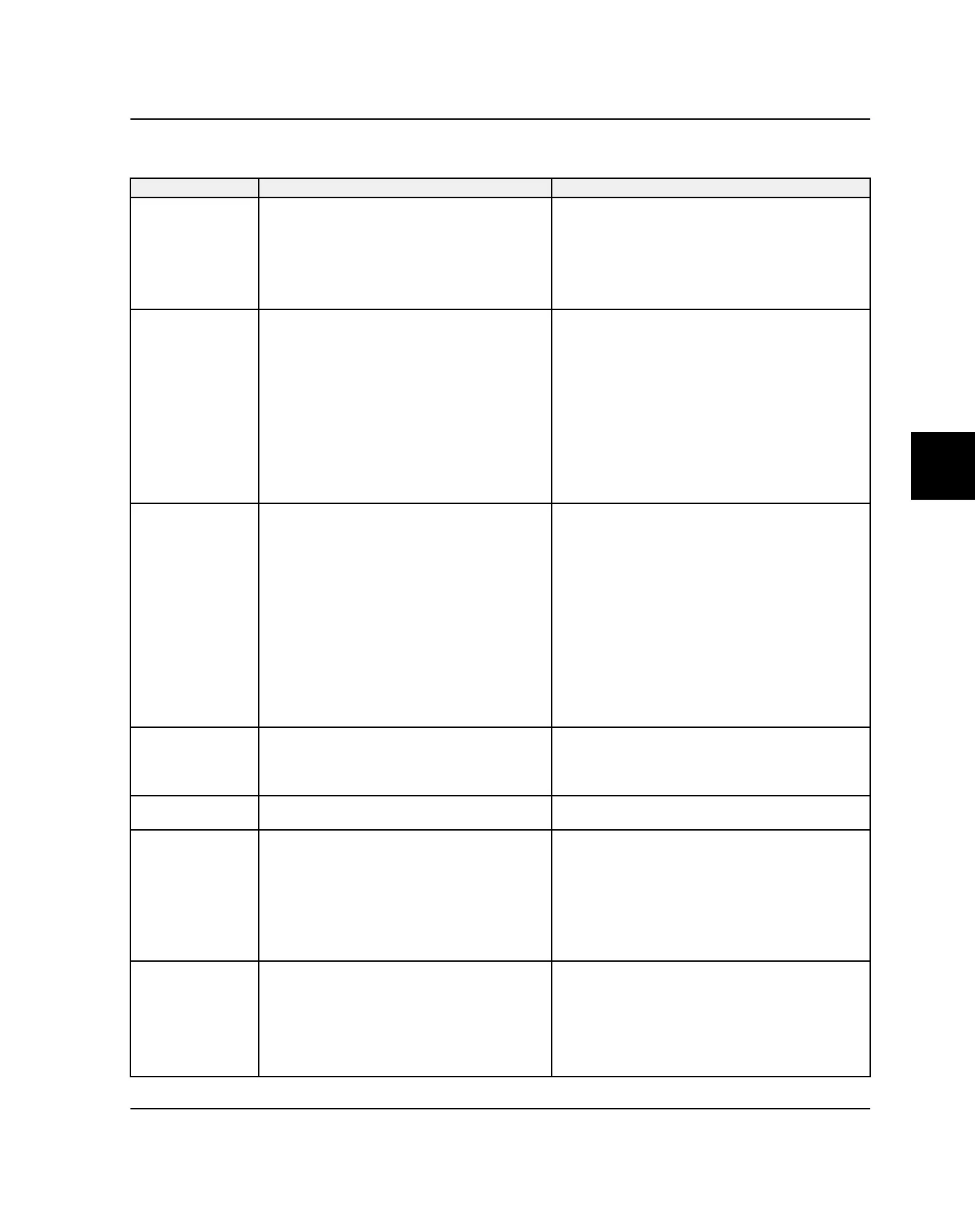